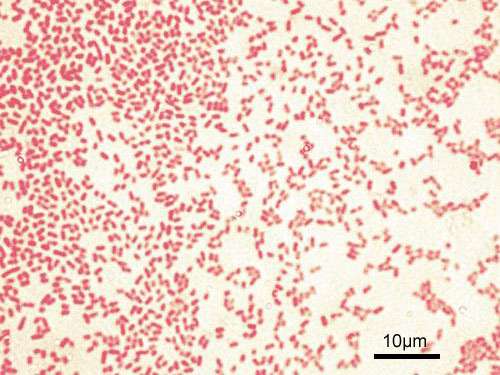
Pathogens don’t always work against drug treatments. Sometimes, they can strengthen them, according to a new University of Maine study.
Diseases caused by a combination of bacteria, viruses, fungi and parasites—also known as polymicrobial infections—are challenging to treat because scientists don’t fully understand how pathogens interact during infection and how these interactions impact the drugs used to treat them.
In a study published in the journal Infection and Immunity, researchers in the Molecular & Biomedical Sciences Department looked at two pathogens that often occur at similar sites, particularly in cystic fibrosis and mechanically ventilated patients: Candida albicans and Pseudomonas aeruginosa.
Candida is the fourth most common hospital-acquired pathogen, and is particularly difficult to treat. It is targeted by a number of antifungal agents, but some only slow it rather than kill it outright. Meanwhile, P. aeruginosa infects 90% of all adult cystic fibrosis patients. Combined, C. albicans and P. aeruginosa cause more serious disease in cystic fibrosis and ventilated patients.
The researchers investigated the effectiveness of an antifungal drug, fluconazole, in the test tube and during infection of the zebrafish with both pathogens. Fluconazole is known to slow fungal growth, but Candida can become tolerant to the drug and not only survive, but also develop tolerance that leads to failed therapy, and potentially death.
What the study found was promising. The results showed that P. aeruginosa works with fluconazole to eliminate drug tolerance and clear the C. albicans infection in the culture and the zebrafish.
“Polymicrobial infections are challenging to treat not only because of the lack of understanding of how invading microorganisms interact but also because we don’t know how these interactions affect treatment efficacy. Our work demonstrates that polymicrobial interactions can indeed affect treatment efficacy, and most importantly, it highlights the importance of nutrient availability in the environment—such as iron in our study—and how it modulates treatment efficacy,” says Siham Hattab, lead author of the study who conducted the research as part of her Ph.D. in the Department of Molecular and Biomolecular Sciences.
What’s more, the bacteria also enhance the drug’s ability against a second pathogenic Candida species that tends to be more resistant to the drug.
Source: Read Full Article
